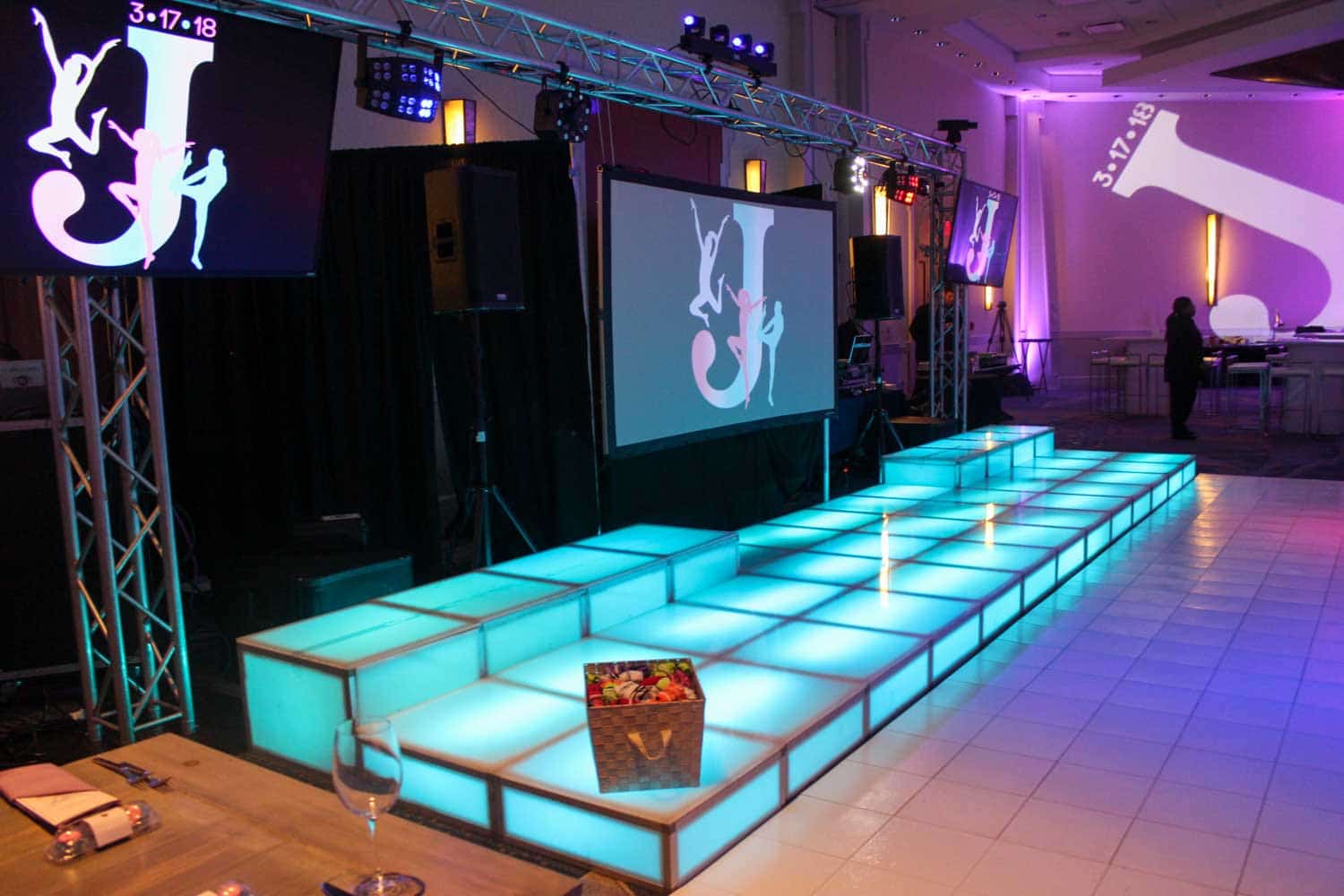Investigating the Durability of LED Display Panels in Comparison to Conventional Display Technologies
Investigating the Durability of LED Display Panels in Comparison to Conventional Display Technologies
Blog Article
Light-emitting diode panel screens have become progressively favored in recent years, especially in environments like schools, corporate spaces, and community spaces. These panels use LED diodes (LEDs) to produce vivid and vibrant images. One of the most significant benefits of LED innovation is its durability in contrast to conventional display technologies, such as CRT tube monitors (CRTs) and LCD display displays. Grasping the distinctions in duration and functionality between these technologies can help consumers make knowledgeable decisions about their screen requirements.
Classic screen technologies, like CRTs, have been present for numerous years. They were frequently used in televisions and PC screens. However, CRTs have a shorter duration, typically lasting approximately 10,000 to 20,000 hrs of use. This means that after a few years, consumers may notice a decline in image quality, such as fading or color distortion. In contrast, LED wall screens can last considerably longer, frequently exceeding 50,000 hrs. This prolonged duration means that users can experience consistent performance without the requirement for frequent replacements.
Another important aspect to consider is energy conservation. LED panel panels consume less power than conventional screens, which not only helps the ecosystem but also lowers electricity costs. For instance, while a CRT monitor may consume around 100 watts of energy, an LED screen can use as few as 30 to 50 watts. This difference in power consumption contributes to the total durability of LED technology, as lower energy usage generates less heat. Excessive heat can damage electrical parts, leading to a shorter duration for conventional displays.
In addition to their extended lifespan and energy conservation, LED panel screens also provide enhanced image quality. They offer more vivid colors and better differentiation, making them perfect for Click This Link various uses, from advertising to learning displays. The technology behind LED screens allows for a wider sight perspective, meaning that visuals remain sharp and lively even when viewed from the side. This is a major benefit over traditional screens, which often suffer from hue deformation and diminished brightness at wider angles.
In summary, the durability of LED panel panels compared to conventional screen technologies is a key factor for consumers to take into account. With lifespans that can exceed 50,000 hours, power conservation, and enhanced visual quality, LED technology provides many advantages. As technology continues to progress, LED wall panels are likely to become even more common in multiple environments. Grasping these differences can help individuals and organizations make improved choices when investing in screen innovation, ensuring they receive the best worth for their needs.